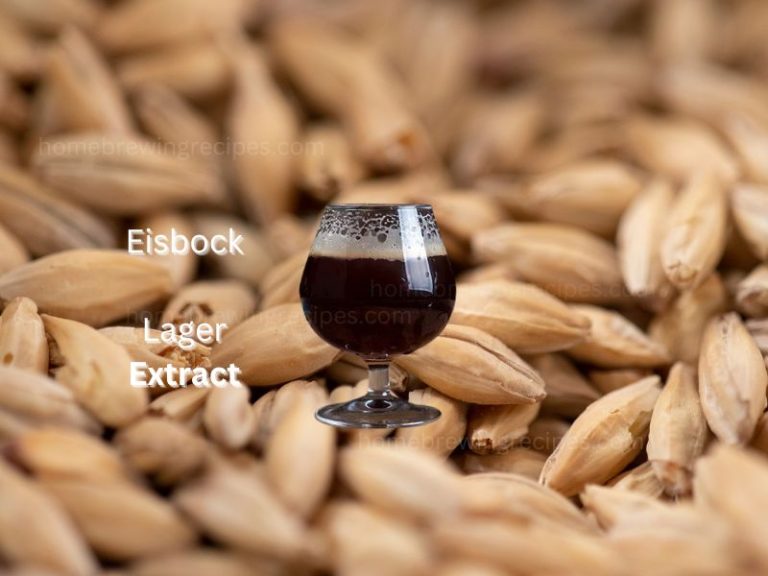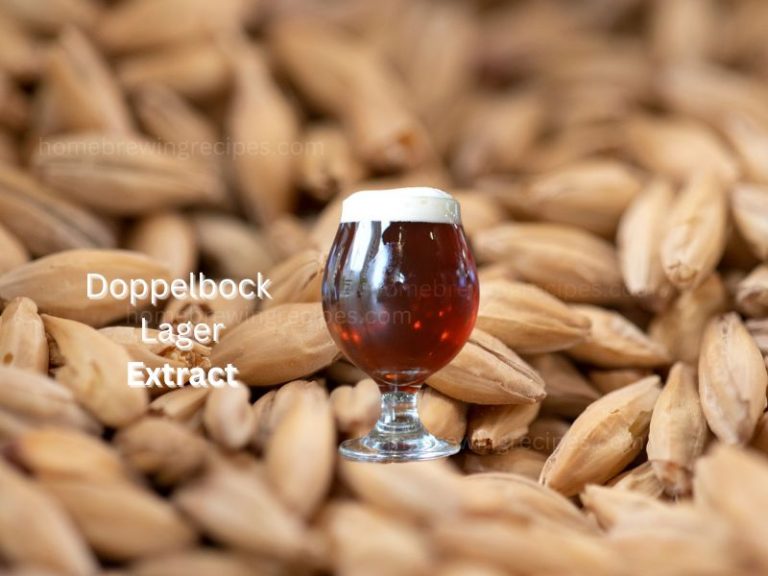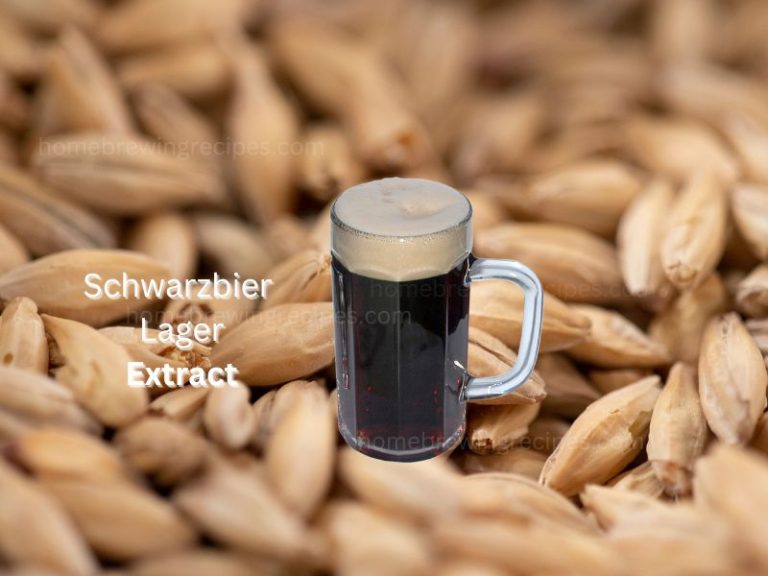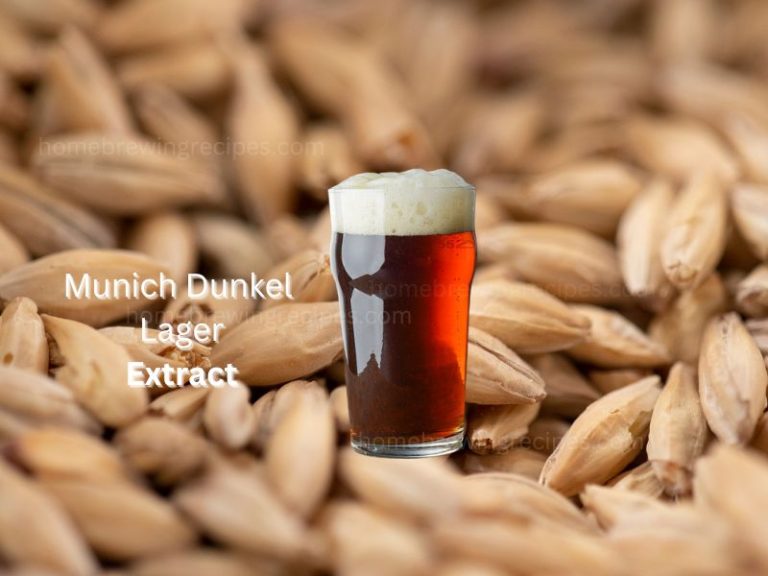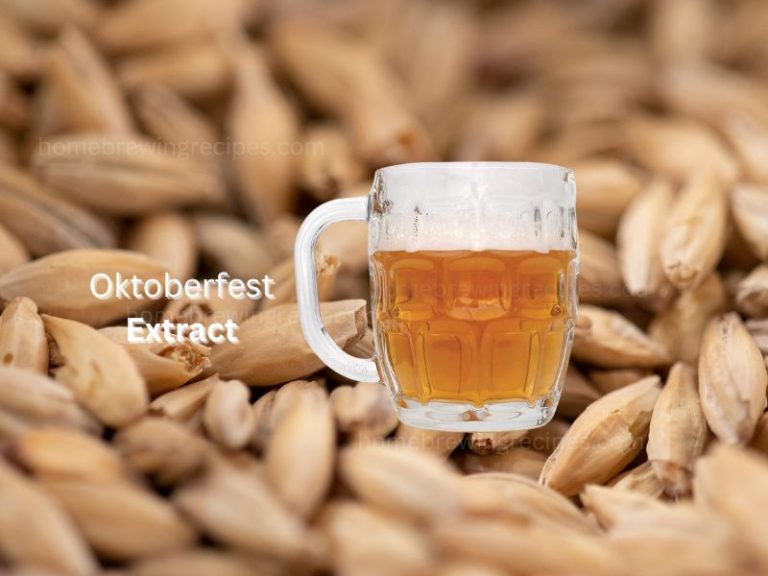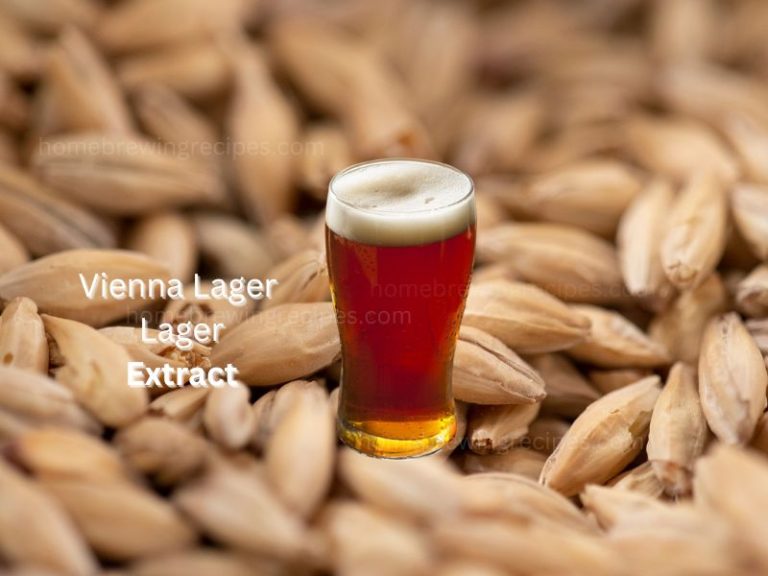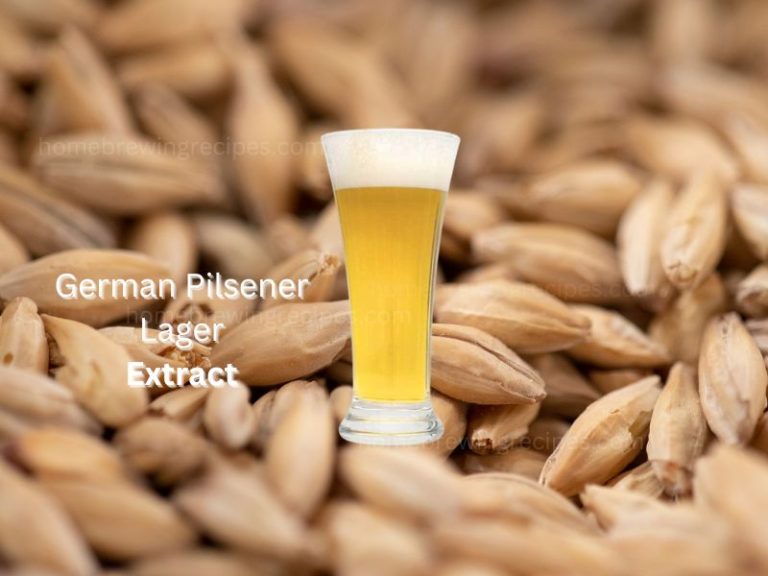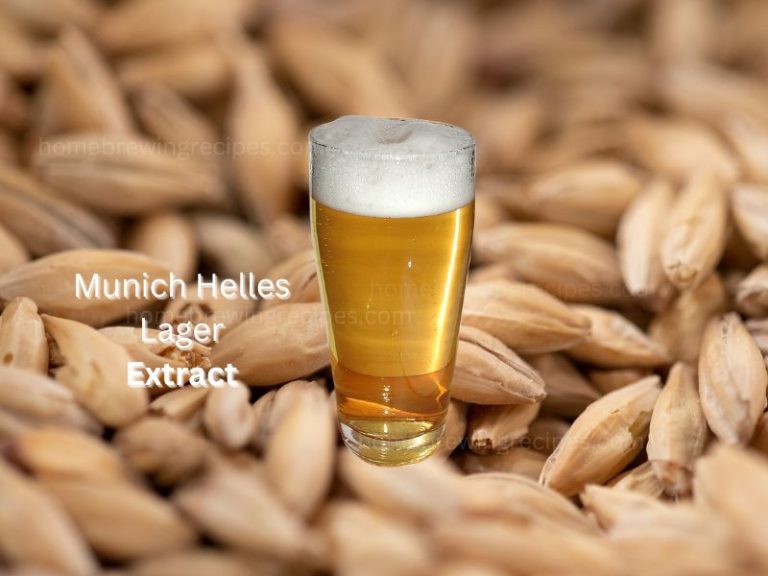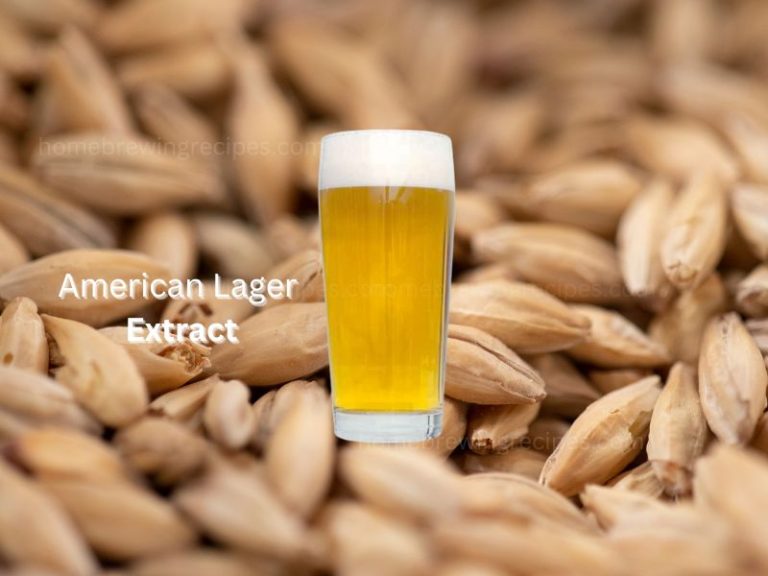Recipe Profile
“Ice Ice Baby” Eisbock
Oh, lovely folks of the brewing universe, gather ’round as we embark on a chilly adventure steeped in history and bubbles, right in your very own brewery – the kitchen! Ah, the Eisbock, a beer that historically emerged from the chilly winters of Bavaria, quite literally a happy accident, a divinely boozy hiccup in the brewing timeline! You see, in the freezing temperatures, some of the water content would freeze, leaving behind a rich, strong, and absolutely delightful brew. I like brewing it because it’s a beautiful excuse to narrate grand tales of serendipity, and also because it gives me the golden opportunity to use the phrase “Ice Ice Baby” quite liberally!
Ingredients
Oh, darling ingredients, the stars of our brewing opera, here we go:
- Malt Extract: 8 lbs Munich malt extract
- Steeping Grains: 1 lb German dark Munich malt (crushed) – wrapped lovingly in a muslin bag, of course!
- Hops: 1 oz Hallertau Mittelfrüh
- Yeast:
- Special Additions: A sprinkle of brewer love and a dash of enthusiasm
Instructions
- Steeping the Grains: Start this brewing bonanza by steeping your muslin bag of crushed grains in 2.5 gallons of water, maintaining a cozy temperature of around 150°F for 30 minutes. Treat them like you would a nice relaxing bath; let them steep and soak away.
- The Boil: Remove your grain-filled muslin bag and bring the liquid to a gentle boil, and with a ceremonious flourish, add in your malt extract, stirring to avoid any clumps.
- Hop Addition: 15 minutes into the boil, grace your concoction with the hops, like adding jewelry to a beautiful outfit.
- Cooling & Fermentation: Cool the wort down, transfer it to your fermenter, and pitch in that delightful yeast, letting it ferment at a snug 50°F for about 2 weeks.
- Diacetyl Rest: Oh, do not forget the diacetyl rest, dear brewers! Allow the beer to rest at a warmer temperature of 60-65°F for 48 hours to ensure smooth, butter-free flavors.
- Lagering: Lager this beauty at 35°F for 4-6 weeks. It’s a patience game, but oh so worth it!
Expected Stats
- Original Gravity (OG): 1.075
- Final Gravity (FG): 1.018
- Alcohol by Volume (ABV): 7.5%
- Bitterness (IBU): 25
- Color (SRM): 18
Brewing Process Specifics
When brewing an Eisbock, we’re essentially concentrating the flavors by freezing the beer and removing some of the ice (water content), thus elevating the alcohol content and giving a richer body and mouthfeel. Try and remove the ice when the beer has turned into 20% ice (best guess). You can transfer the liquid portion to another fermenter leaving behind the ice. This process will take some experience and trying to get it right. It’s like giving your beer a little VIP upgrade!
Wyeast 2124, my dear brew enthusiasts, is a Bohemian champion, known for its versatility and clean profiles, which allow the rich malt and complex flavors to shine in an Eisbock. It’s like the perfect wingman for our malts and hops!
Did you know that Eisbock production technically involves a form of distillation? Yes, by freezing and removing water, we’re concentrating the alcohol content, a process similar to distillation, just without the heat and stills!
Popular Commercial Versions
- Schneider Aventinus Eisbock
- Kulmbacher Eisbock
- Bayreuther Bierbrauerei – Bayreuther Eisbock
Conclusion
Oh, you patient souls, you are about to be rewarded with a symphony of flavors, with rich malty notes, hints of toffee, and a lovely warming alcohol presence. A perfect companion for the colder months, it’s like a warm hug in a glass. As for aging, this brew matures gracefully, developing a deeper complexity over time. So, don’t be shy to stash a few bottles away for a rainy (or snowy) day!
So, grab your brewing wand, and may the brew gods be with you, on this Eisbock brewing adventure!
